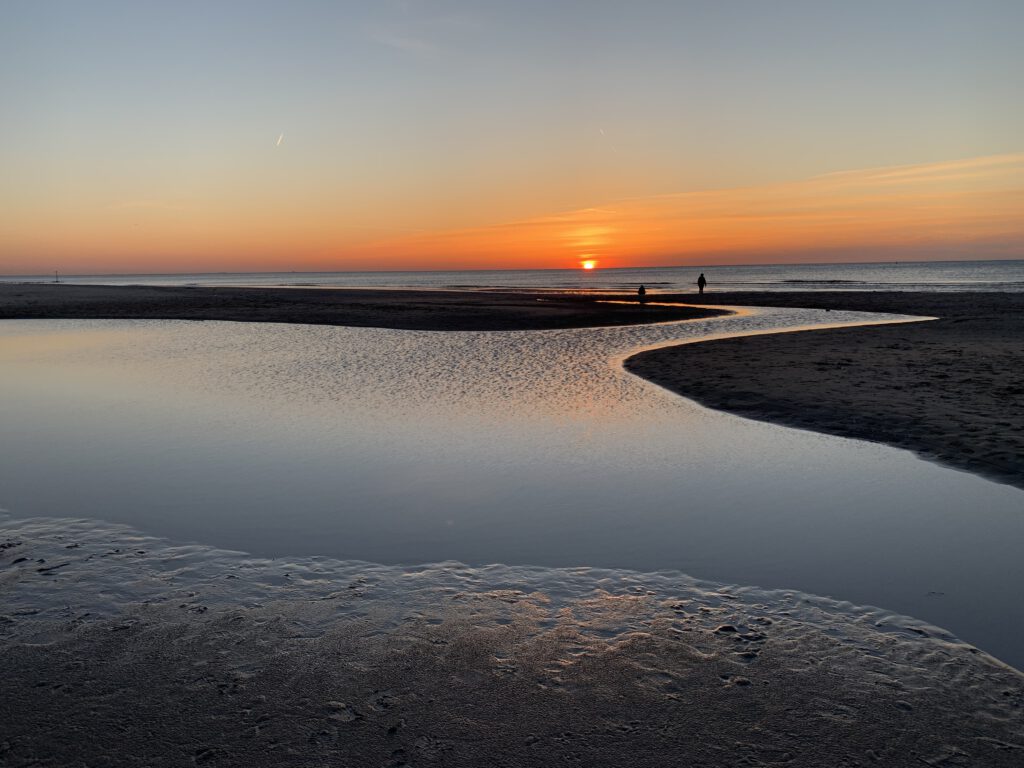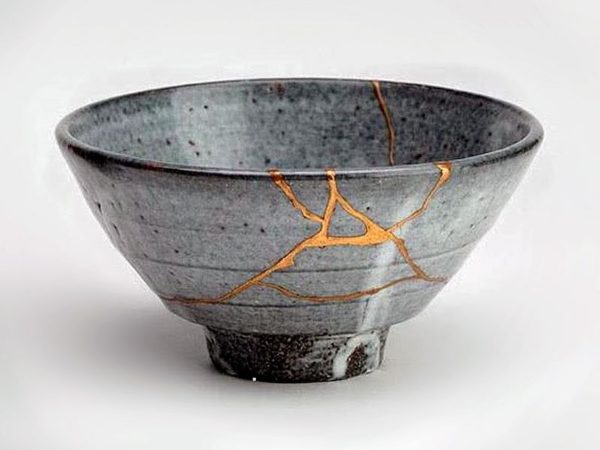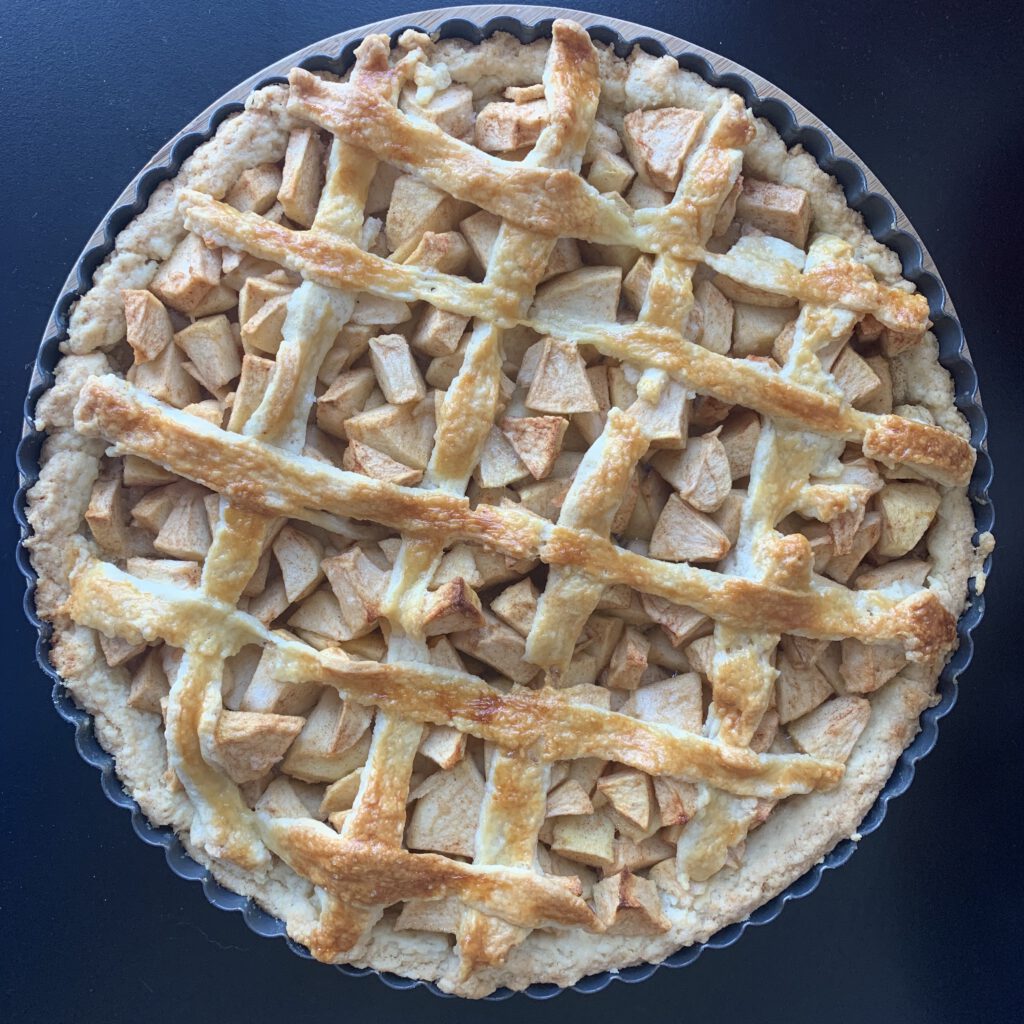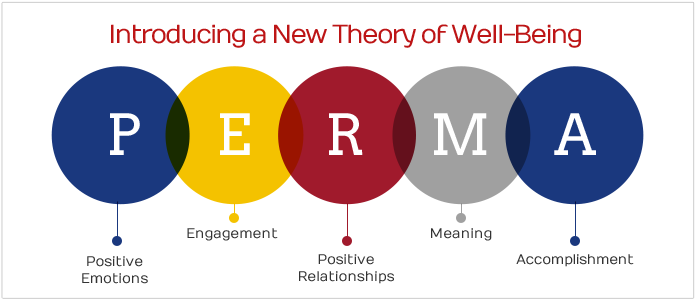What does your morning look like? Do you wake up rested, have enough time for a shower, enjoy eating your breakfast, and do some things around the house before starting work? Or do you wake up late, rush to wash, dress and eat, and get to work feeling you’re already behind with everything?
How you start your day matters. My latest read of the month had some ideas to make the best of it. “The Miracle Morning” by Hal Elrod is very much a self-help book. It also is very, very American and full of repetitive sales language (pity there is no ad-blocker for a book…). Every page transmits messages like “this book is going to change your life”, “success is a choice”, and “become like me and your life will be great”. In short, it is intolerable and awful as a book. Don’t read it for the book.
Still, in between the “you can be 100% successful in everything claims”, the book shows you how it matters how you start your day. Elrod recommends a six-step routine, and while I don’t agree with his claims (and even think it is dangerous to say that everybody can “reach a 10 in happiness”), I think it’s worth giving it a try. Especially before writing a book review on it.
Ready to go? Let’s start our morning walk along SAVERS: Silence, Affirmation, Visualisation, Exercise, Reading, and Scribing (or simply put, Journalling). In practice, they are all about starting the day with focus on what you want to get out of it, and paying attention to your head start.
So here’s the morning routine I took for a few weeks:
The S of Silence
Elrod recommends to start the day with focused silence. Not just sitting still, but in focus, for instance through meditation, a breathing exercise (as I do), yoga, or prayer if you are religious. The silence then brings you in the right flow to do the routine.
Usually I am quite sleepy when I wake up, so if I just sit in silence, I tend to yawn a lot and risk falling asleep. Therefore I tend to do a few things in the house – feeding the cat, putting the clean dishes away, cutting off some dry leaves from a plant – before I start the breathing part. To get some help, I play the five minute guided meditation video below. It gives focus by trying to instill positive thoughts about what you already did that day and what you can plan for the rest of the day. Some days I manage to focus on breathing; other times I am carried away. It doesn’t matter, it is always a few careless minutes to start.
The A of Affirmations
Affirmations are a trick you can use to instill a certain attitude with yourself. If you tell yourself something, and start to believe it, it will become true. Or more simply: fake it till you make it! If you make yourself believe that you are confident, it is more likely that you will become confident then. An example in the book is about Muhammad Ali yelling “I am the greatest”.
I however propose more modest affirmations. You can write your own if you like, or use ready-used made. I simply picked a few I liked from the list here.
Rather than telling me I am the greatest (which I don’t think will lead to happiness…), the first two relate to shaping your own life and balance, which are important to me. The third one is about creativity. I don’t consider myself creative, but maybe if I tell myself it for some time… it shouldn’t do harm! And the final affirmation again is about this focus in the morning:
- I am the architect of my life; I build its foundation and choose its contents.
- My body is healthy; my mind is brilliant; my soul is serene.
- Creative energy surges through me and leads me to new and brilliant ideas.
- I wake up today with strength in my heart and clarity in my mind.
The V of Visualisations
Visualisation, it appears, is a technique used by many well-known people (if a self-help book doesn’t quote a bunch of famous people doing whatever they tell you will change your life, does it really exist)? Imagine, the more detail the better, achieving a result in part of your life. For instance, if you are a runner, can you imagine yourself passing fastest in front of all the competitors and then winning a 10k?
I try to visualise my own dream: writing a book about happiness. But to be honest, the V is the trickiest part of the routine for me. Maybe the dream is too big, so that I struggle to imagine the details of what this book would actually look like…
The E of Exercise
A bit of movement to get the heart rate a bit up! Although there is no fun in time, I opted for push-ups. It shouldn’t hurt to get a bit of power in my arms. Doing the and slowly improving condition matters more than the number. On a warm day, I do very few; on a better day, I do a bit more. But my heart rate goes up and I start panting, so Elrod – the writer of the morning miracle – should be happy!
The R of Reading
After exercise, Elrod thinks it’s time for reading (a fast way to learn new skills), but I think I deserve a coffee. My ‘old’ morning routine was simply sitting with a cup of coffee, often in silence, at the balcony, trying to prevent the cat from going to the neighbours and listening what happens around – children playing in the garden, or mostly, listening to birds. Now, I get my coffee, and start reading a few pages. At the moment I picked a book on writing, as I hope to improve my writing skills – On Writing Well by William Zinser. And of course, it matches my visualisation of a happiness book…
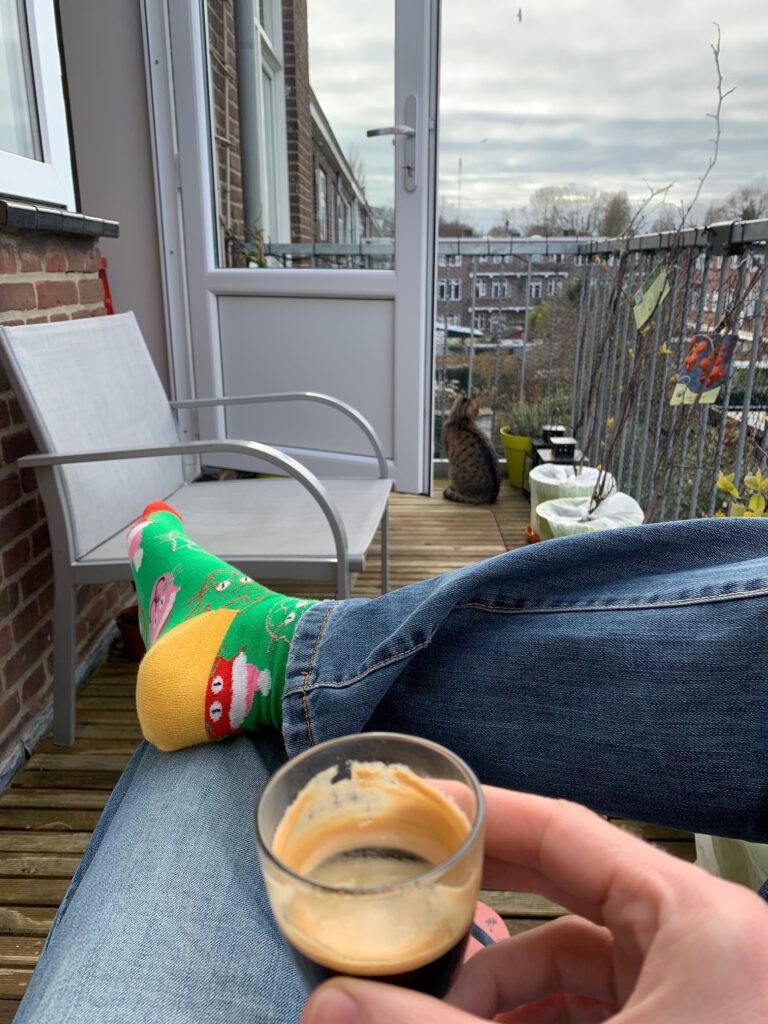
The J of Journalling (or the S of Scribing)
The final part is journalling. Writing down your ideas can help shape your thoughts and actions, so this also matches the idea of having a focused start of the day.
I usually write down
- three things I’d like to achieve during the day (usually two private and one work related; and they can be as simple as doing groceries). Sometimes I go through the list during the day and it acts as reminder what I wanted to do. Sometimes I don’t get it done, and list it again the next day.
- three things I look forward to (usually related to time spent with my wife or cat – or to food!)
- and three things I am grateful for or appreciate about the day before. This is probably my favourite part, as it really makes me reflect about the day I had and the positive things that happened. Happiness, to me, is simply aware that you have experienced pleasures great and small during your day.
Conclusion
It’s quite a feat Elrod has accomplished: he has written an absolutely cringe-worthy book (resulting in some hilarious bad reviews at Goodreads), but offers some nice ideas on how to structure your morning to achieve focus. Spend some time:
- in Silence
- doing Affirmations, and
- Visualisations,
- Exercising,
- Reading to learn, and
- Scribing (or Journalling)…
… and see if it works for you!


